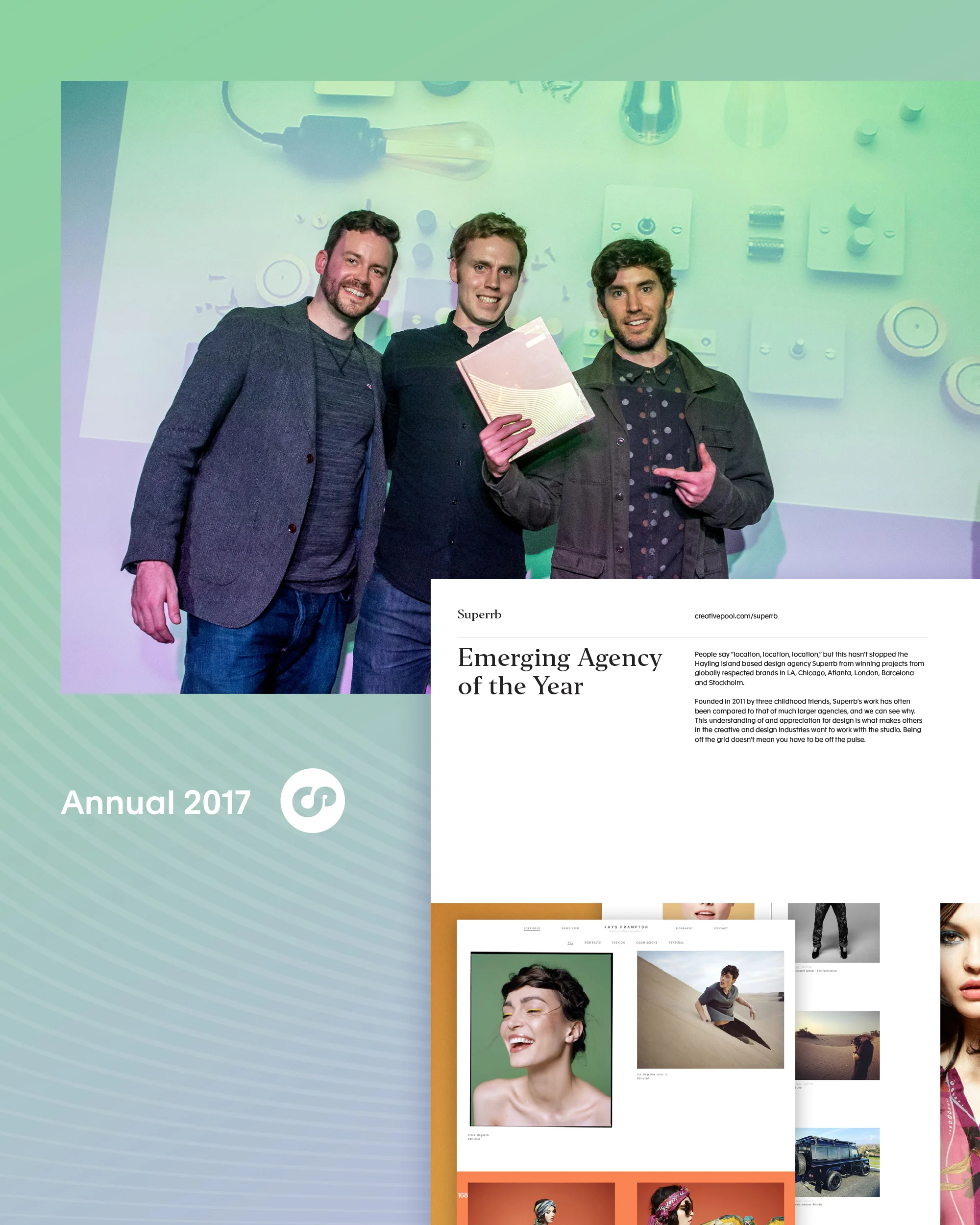
How should I be using Pinterest for my business?
With so many social platforms to choose from it can be difficult for smaller businesses, with limited resources to know which ones to prioritise. With that in mind, here’s a few things to consider which might help you decide whether or not Pinterest is the right platform for you.
With so many social platforms to choose from it can be difficult for smaller businesses, with limited resources to know which ones to prioritise. With that in mind, here’s a few things to consider which might help you decide whether or not Pinterest is the right platform for you.
Should I be using Pinterest for my business?
Why it’s awesome
- You can link your website to your Pinterest account, beneficial for lots of reasons which we’ve summarised below
- The targeting options for advertising are super advanced
- 55% of people use Pinterest for shopping*
- You can create rich pins for free
- Promoted pins look like regular pins and are searchable
- The cost of advertising is based on how well it performs
- You can invite other Pinterest users to collaborate on boards
- You can set Pinalerts so you can follow people who engage with relevant sites such as competitors
Things to consider
- 67% of users are roughly between 18-35**
- 85% of Pinterest users are female**
- Some of the most popular categories on Pinterest are home decor, food and drink, weddings, and DIY and craft
- The average time users spend on Pinterest is 14.2 minutes so you have a short window to make your impression
What should I be pinning?
Pinterest is all about aspiration and inspiration. Therefore what you’re pinning should make your audience think ‘I want that’ or ‘that’s so me’. As well as being inviting, your image needs to be good quality. Blurry or uninteresting imagery won’t make people pin.
If you’re feeling like your brand is not ‘sexy’ enough for Pinterest, don't. There’s no need to shy away from it. You can successfully use Pinterest to build your brand by re-pinning other user’s content. Try to think about content outside of your specific industry so for example a brand that sells blinds could create a board called ‘views you’d never want to close the blinds on’ or a company that makes furniture could create a board called ‘best date night table settings’.
Some rules and tips for Pinterest content:
- Make sure your board name is catchy but clear
- Think about using potential keywords in your titles
- Your boards should fall within the Pinterest categories
- Posts with a call to action tend to generate more engagement but limit the amount you use to avoid coming across as spammy
- Pinterest considers bit.ly links as spam so don’t use these in your pins
- Infographics are particularly popular content so it’s worth experimenting with these
- Vertical pins as opposed to horizontal pins perform best because Pinterest organises feeds into columns
How does Pinterest advertising work?
Pinterest allows you to promote pins in order to give you the best chance of your desired audience seeing your pin. They look the same as regular pins and you can specify the type of audience you would like to pay to target.
One of the reasons they are so clever is that you can narrow your audience type by pinners’ interests, search keywords, language, device and location. So regional business focused on driving people to a specific location, needn’t worry that they are wasting money on targeting people that they will never be able to convert.
If you use Pinterest Ads Manager there are some other pretty smart things you can do:
Customer list targeting
Target existing customers through using your databases. You can do this if you have an email database of if you have customer mobile ad IDs.
Visitor retargeting
Target people who have visited your site.
Lookalike targeting
Reach a group of people who look and act similar to your audience so for example you could choose to target people that have looked at boards showing wedding decorations and bridesmaid dresses.
How much does it cost?
It’s done on a bidding system in the same way that Google search ads are and you are asked to set a limit that you want to pay, per action taken. There will be lots of other businesses that want to target a similar audience to you and if they are also running promoted ads at the same time, to the same audience, Pinterest will favour the highest bidder and make your pin more visible than the others.
Remember that the really popular categories will be more competitive and it will cost you more to reach those audiences. Pinterest will give you a guide as to whether your set limit is high or low for that category.
One of the reasons it can be cost effective is because you only pay when someone interacts with your pin. There are three types of objectives you can set for promoted pins and the amount you pay will be determined by the objective you set.
Engagement
Use this type of ad if you want more engagement on your pins such as repins, clicks, and close-up views. This means you will pay per engagement.
Traffic
Use this type of ad if you want to send traffic to your website. Selecting this option means you pay per click to your site.
Awareness
This type of ad is used to expose your brand to new and relevant audiences. However this option is only available for Fortune 500 companies at the moment.
What are the benefits of linking my website to my Pinterest account?
If your website is connected to your Pinterest account, you can:
- Be more sophisticated with your advertising by targeting more specific audience groups
- Add the save button to your website so people can directly pin something from your site
- Receive notifications when someone pins something directly from your website
- Make your pins ‘Rich Pins’
- Setup conversion tracking to see how well ads perform (you can also use Google Analytics to track lots of useful information about users that come to your site via Pinterest)
The best bit about linking your site to your Pinterest account is that, as well as the options Pinterest automatically gives you, you can use data from your website to define more unique audience groups and target them with your ads. For example you can target people who have visited your website or people who have taken specific actions on your website such as added an item to their cart but not checked out or people who have visited certain pages. You’re more likely to convert these users than people who have never engaged with or encountered your brand before, so it’s worth taking this step.
Linking your website to your Pinterest account simply requires your developer to add some additional code to your website.
What are Rich Pins?
Rich Pins include the price of a product, your chosen website logo (either your website or a retailer site) and a link to purchase that product. So potential customers have less research to do if they’re thinking about buying it (obviously really good for businesses looking to make money, which we’re guessing are most).
We hope this was useful. Give us a shout if you would like to chat to us about social media training or if you’d like some support with your social strategy.
Talk to us
T: +44(0)20 3397 9784
E: [email protected]


